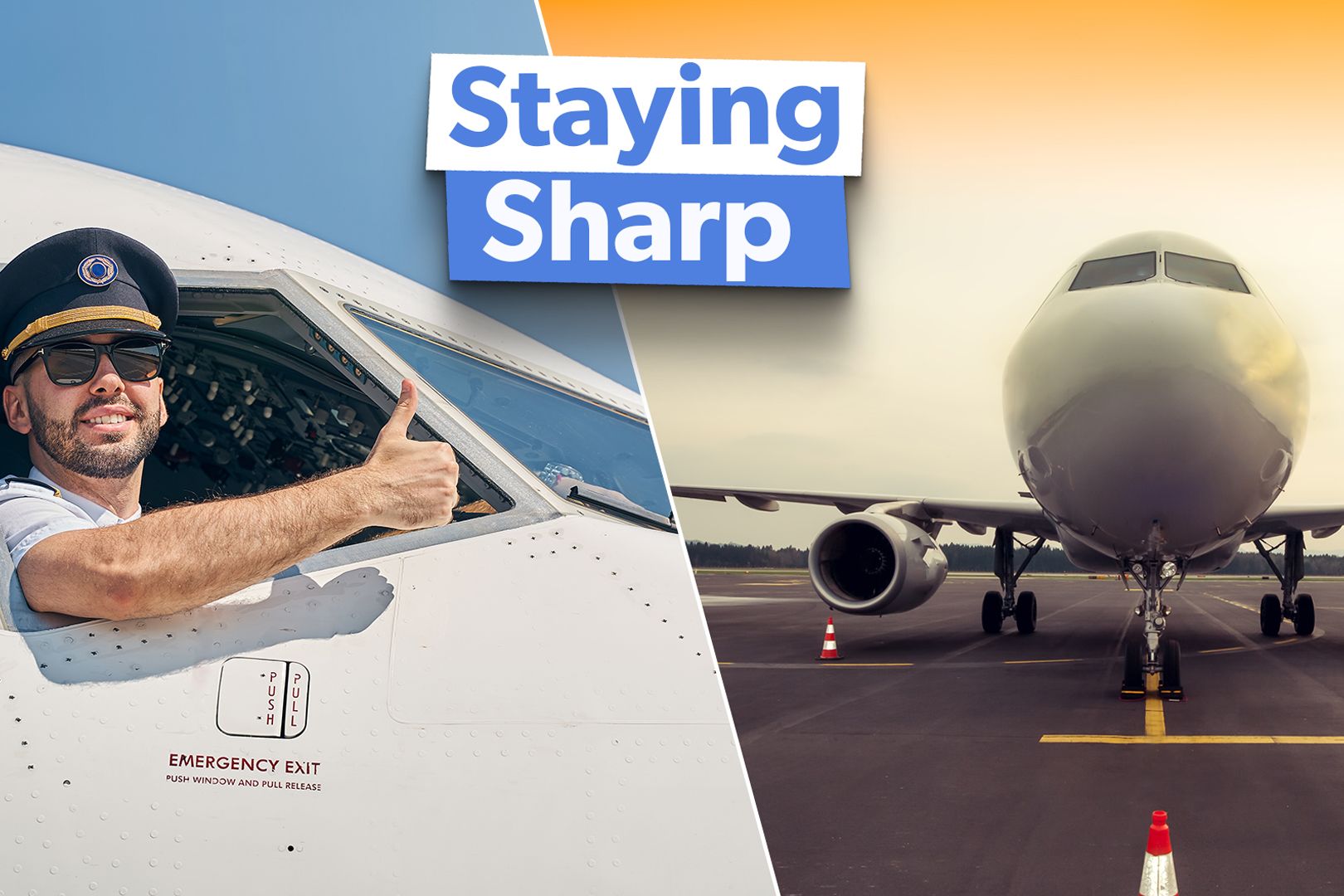Crew rest has been a topic of interest within the airline industry for years. A crew's performance depends on how well-rested they are, so airlines and regulators have a litany of restrictions and requirements to ensure that pilots get enough sleep before they go on duty. Here's an explanation of how the airlines ensure their pilots are not tired while on duty.
Crew rest rules The most crucial strictures in place to mitigate pilot fatigue are the "rest requirements" contained in the US Code of Federal Regulation's Part 117. There are many caveats and scenarios, but these requirements can be boiled down to a few key takeaways. Pilots cannot be on duty (whether flying a scheduled trip or on reserve) unless given 30 consecutive hours free of flight duty within the previous week.
Pilots need a minimum of 10 hours of rest between duty periods. Eight of these 10 hours must be available for uninterrupted sleep. Under the least restrictive circumstances, pilots cannot exceed 9 hours of flight time in a duty period.
They also cannot be on duty for more than 14 hours (though this can be extended slightly). There are many contingencies within the flight time rules, and different rules apply to augmented crews of flights with more than two pilots. Airlines have crew schedulers dedicated to tracking pilots' flight times and duty days to remain compliant with these strictures.
Consequently, pilots and the airlines know duty limits and watch the clock as the maximum duty day approaches. It'.


















